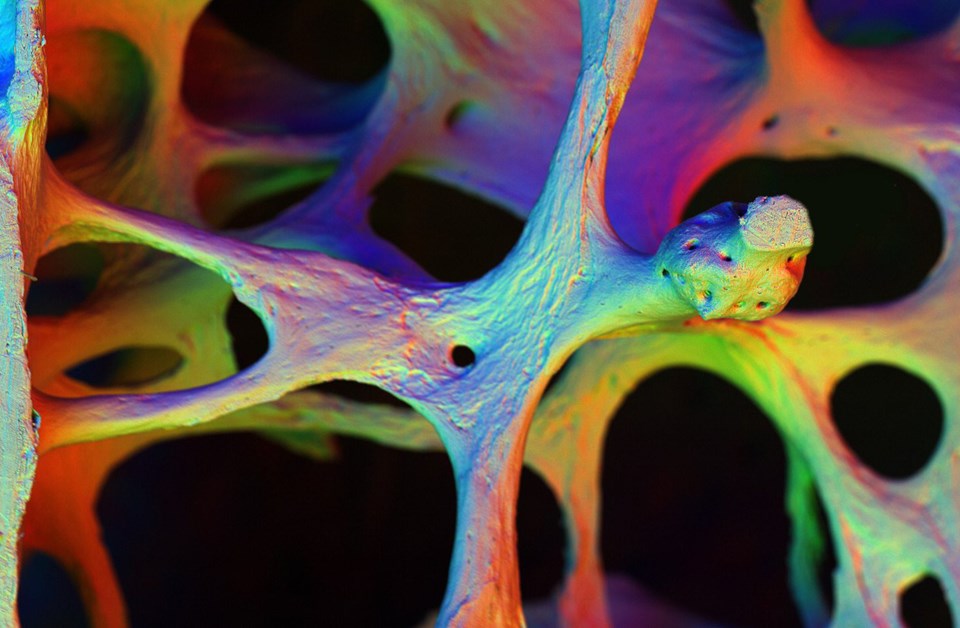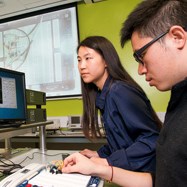Developing synthetic bone graft products through a successful spin-out
A synthetic bone graft (SBG) material created at Queen Mary University of London (QMUL) is now being used by orthopaedic surgeons worldwide as a bone replacement in hip surgery and in skeletal reconstructions for patients following trauma or disease.

Researchers in the School of Engineering and Materials at QMUL worked alongside chemistry experts in the university’s Interdisciplinary Research Centre in Biomedical Materials to develop the groundbreaking material, which is able to speed up good quality bone regeneration safely and is more reliable than the alternative autograft procedures, which graft bones from elsewhere in the patient’s body.
Use of the material has reduced patients’ post-operative risk of infections and improved their recovery rates. Brought to market via the QMUL spin-out company ApaTech™, the range of synthetic bone graft products have given surgeons practical, cost-effective new options for many life-changing measures including regenerative medicine to fuse spines.
In 2010, just nine years after its creation, ApaTech™ had 4% of the US SBG market and was sold for £220 million. By 2012, the products had a 10% share of the global SBG market, estimated to be around $510 million. To date, ApaTech™ products have been used to treat more than 370,000 patients in more than 30 countries.
-
Hamir Patel
hamir.patel@russellgroup.ac.uk
020 3816 1316
-
Stephanie Smith
020 3816 1310
 X
X


